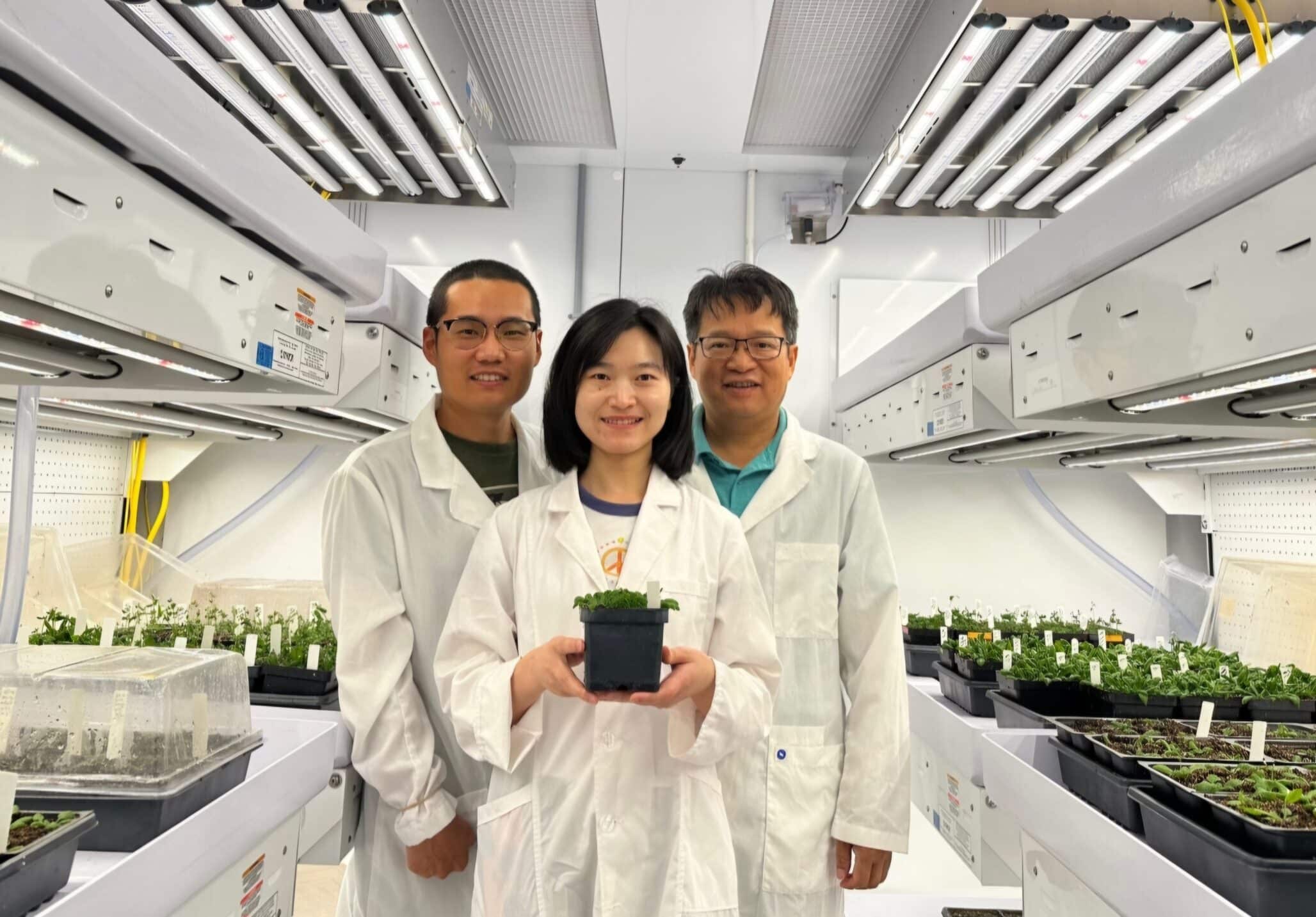Understanding the functioning of root biology is crucial to know how plants suffer or adapt to adverse environmental conditions like droughts. Two recent studies describe these kinds of mechanisms: one of them, published in the journal Molecular Systems Biology, describes the process through which cells stop growing due to cell differentiation; the second one, published in Journal of Cell Science, describes plants’ cell replenishment after being damaged.
The first study results from the research carried out by the team of biologist Ana Caño Delgado, CSIC researcher in the Center for Research in Agricultural Genomics (CRAG), and physicist Marta Ibañes, from the Department of Condensed Matter Physics and the Institute of Complex Systems of the University of Barcelona (UBICS). The second study was conducted by the same team in CRAG.
How do cells know when to stop growing?
The Arabidopsis thaliana plant root, used in these studies, is a quite simple organ, in which cells with different functions are separated. Therefore, stem cells are on the tip, surrounded by daughter cells which are divided to produce root’s tissues. Daughter cells grow in length and differ from the others to acquire typical functions that allow the root to transport water and nutrients. In order for the root to grow and adapt to a new changing environment, this division, elongation and cell differentiation has to be perfectly coordinated.
Ibañes’ and Caño Delgado’s teams used three hypotheses to explain how cells know when to stop growing: a certain period of time passed since they got divided, they detect their root’s position, or cells are able to detect their size. To clarify which one of these hypotheses was the right one, researcher Irina Pavelescu, first author of the study, created three analytical and computational root growth models. These models were tested with real measures of cell length in Arabidopsis roots, carried out with confocal microscopy in CRAG. “The main conclusion of the study is that root cells know they reached the proper size and then they stop growing and end the differentiation. Therefore, they stop growing due to their size,” says Marta Ibañes (UB, UBICS).
Thanks to the mathematical models that were created, researchers could also explain the effect of the steroid plant hormones, brassinosteroids- in the root growth. In this case, they measured cells from Arabidopsis plants that, due to a lack of receptor for steroid hormones, have a tiny root and stem. The study proved roots grew when, through molecular biology techniques with cell resolution, the brassinosteroid receptor was restored only in cells that divide, which points out that the effect of the hormone stays in the cell during its growth phase.
Plant steroids are essential for cell regeneration
Simultaneously, the research team in CRAG led by Ana Caño Delgado discovered more details on the root growth and its post-damaged cell repair capacity, which have been published in the journal Journal of Cell Science. In particular, the published study states that, when root stem cells die due to a genomic stress, a signal of steroid hormones is sent to reservoir stem cells so that they divide and replace the damaged ones. Thus, root growth is maintained, and so is the plant’s life.
“Plant steroids, unlike most of plant hormones, are not transported through long distances. However, our study proves that there is a transportation of these hormones at a short distance, and this is important for cell communication during cell renovation,” says Fidel Lozano Elena, pre-doctoral student in CRAG and first author of the study. “This more complex signaling system between cell groups make plants to be more resilient,” adds Ainoa Planas Riverola, also first author and Ph.D. student in the group.
“If we can modulate these processes in the root, we can make roots stronger and better fixed, and therefore more resistant to the challenges of climate change,” says Ana Caño Delgado. We cannot forget that droughts are now the most severe problem in agriculture. In Spain, there have been several years with less rain than normal, and according to a recent report by Unión de Pequeños Agricultores y Ganaderos (union of small farmers and ranchers, UPA), in 2017, droughts caused losses of more than 3,600 million euros in the agricultural sector in Spain, mostly due a big loss of productivity in crops. This situation occurs in all continents, putting at risk the capacity to feed the growing population. “Therefore, it is necessary to get crops that, with less water, can produce safe and quality food in sufficient quantities,” concludes Caño Delgado.
These studies were funded by the Ministry of Economy, Industry and Competitiveness (MINECO), the European Molecular Biology Organization (EMBO), and the European Research Council, and the European Regional Development Fund (FEDER) and the Generalitat de Catalunya.
Source: Centre For Research In Agricultural Genomics













